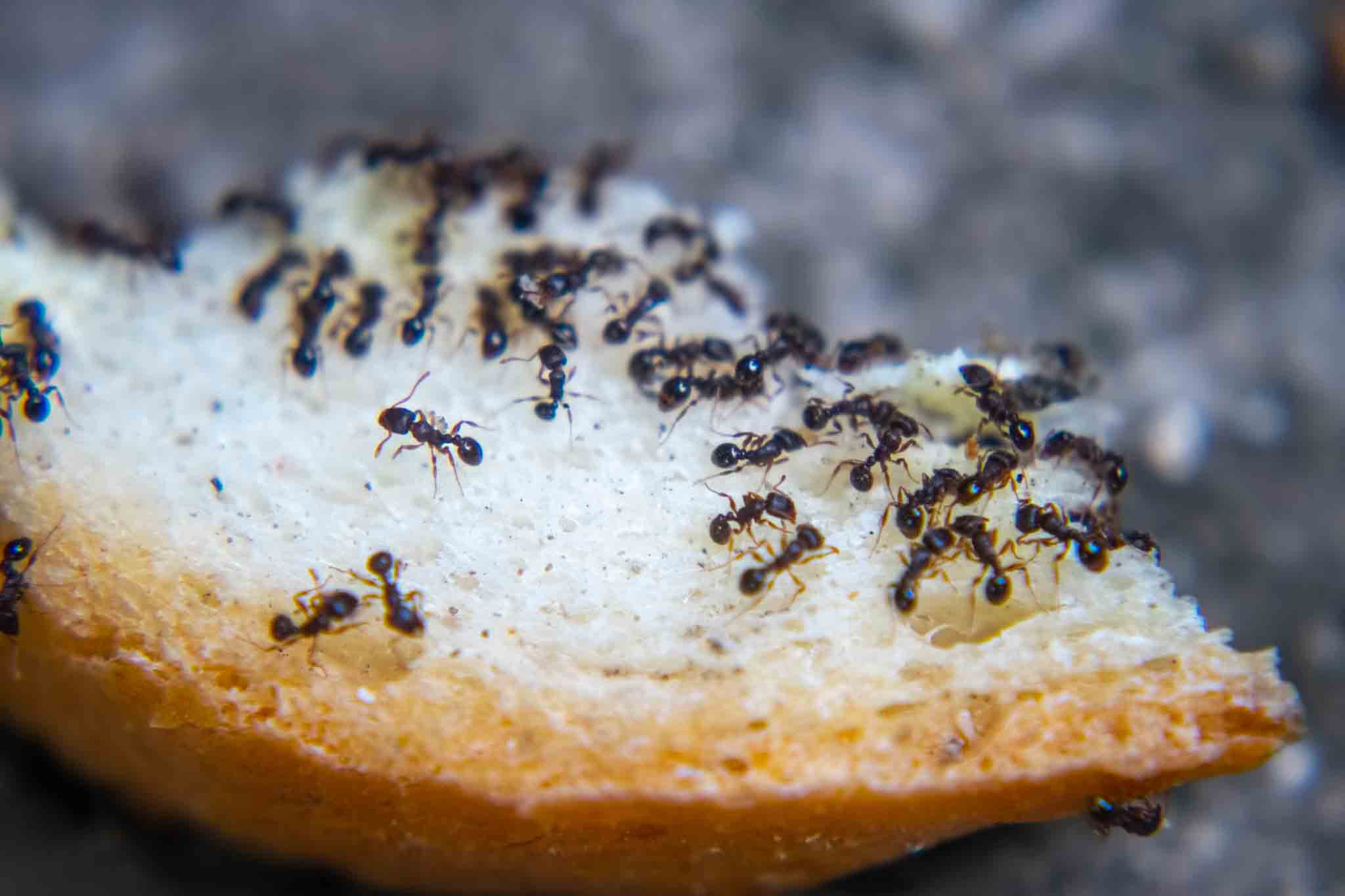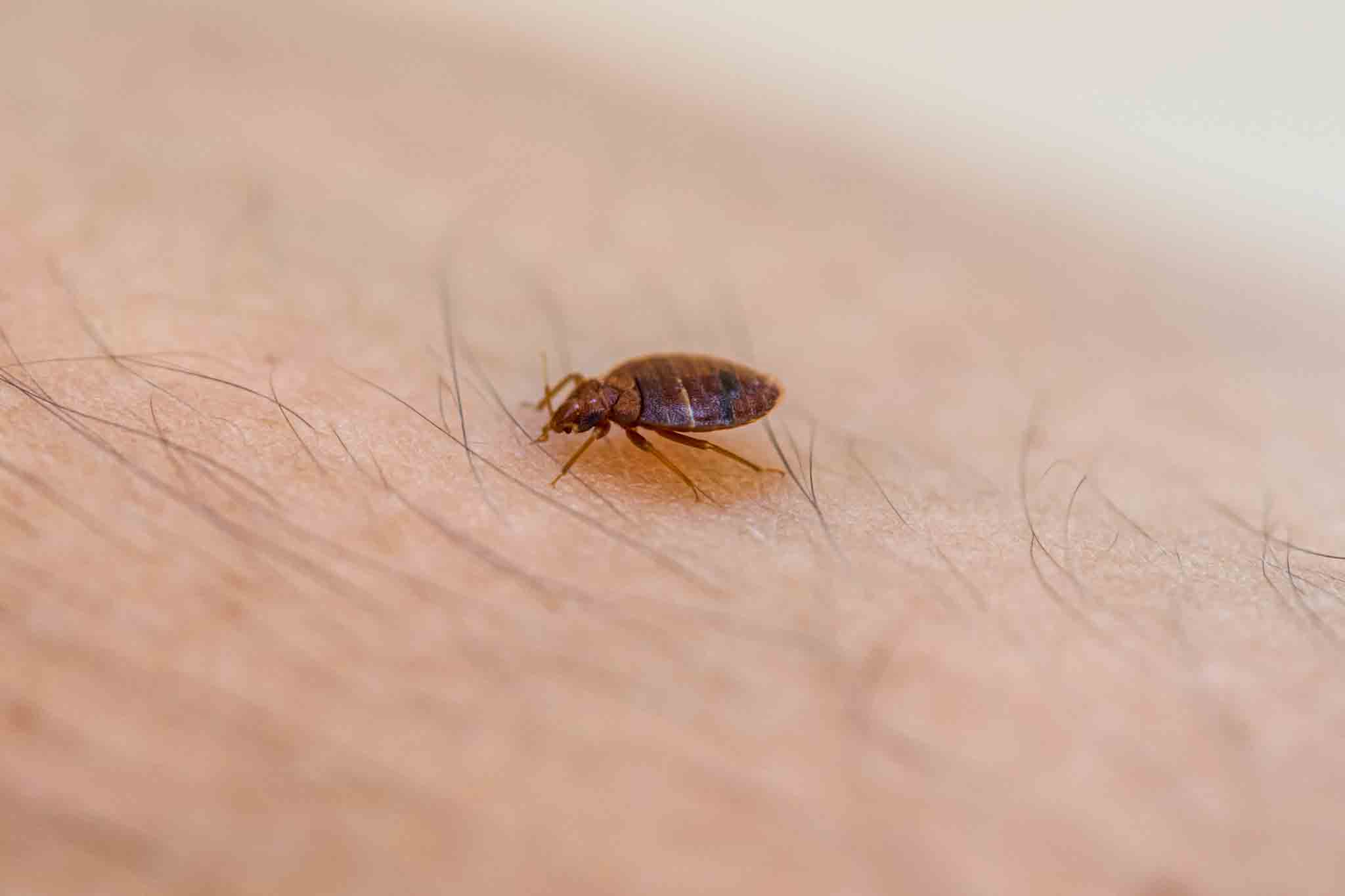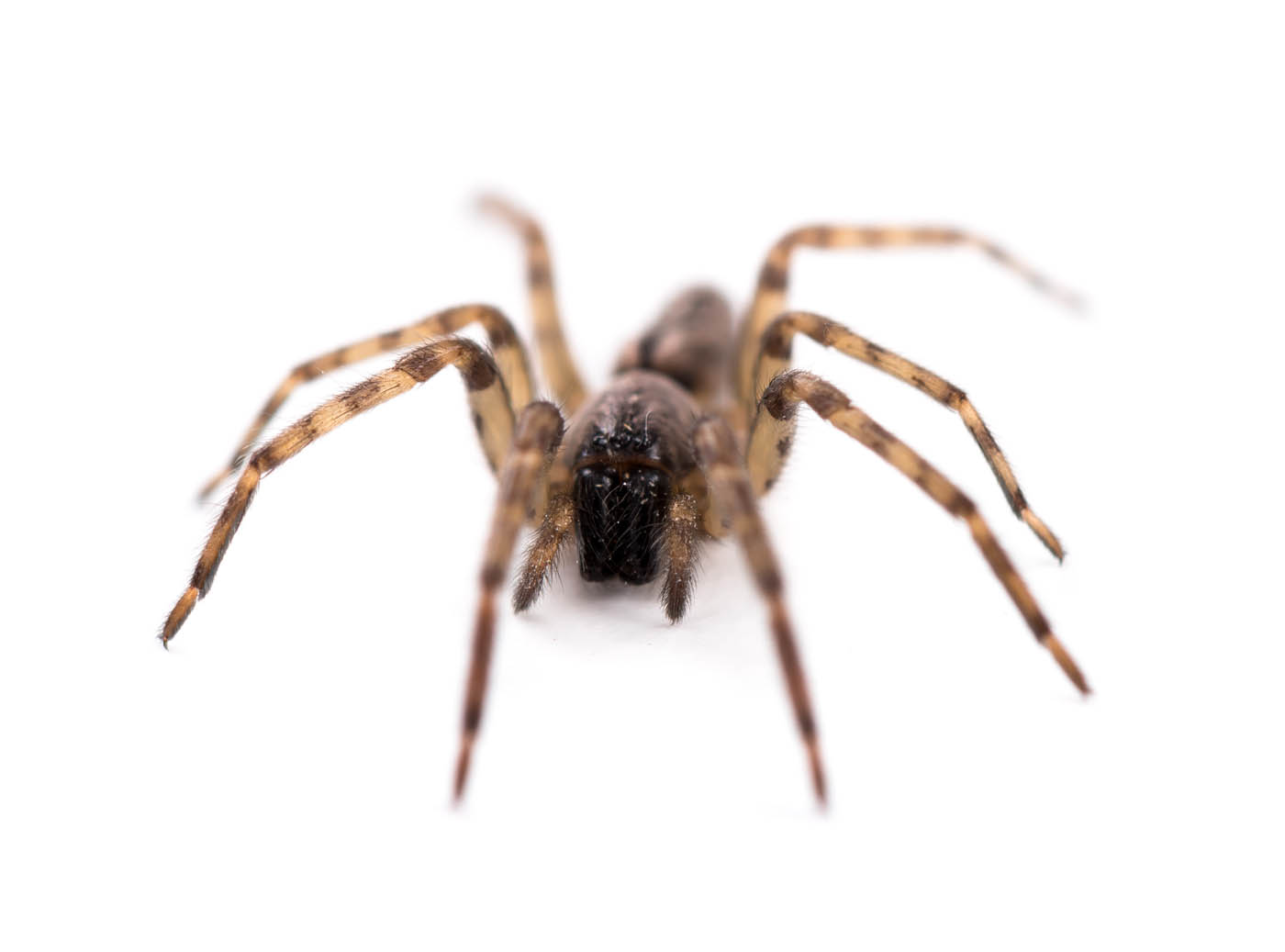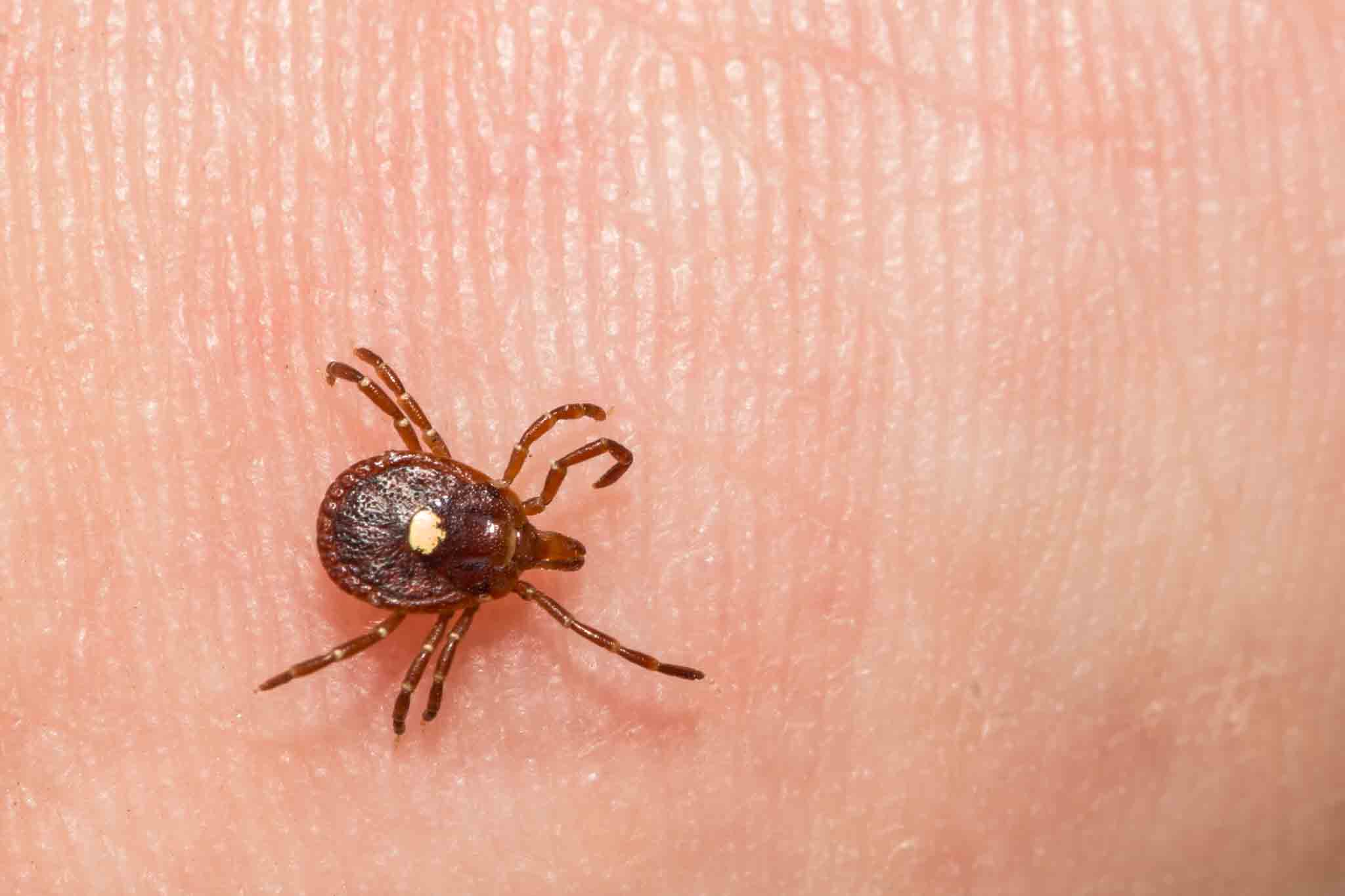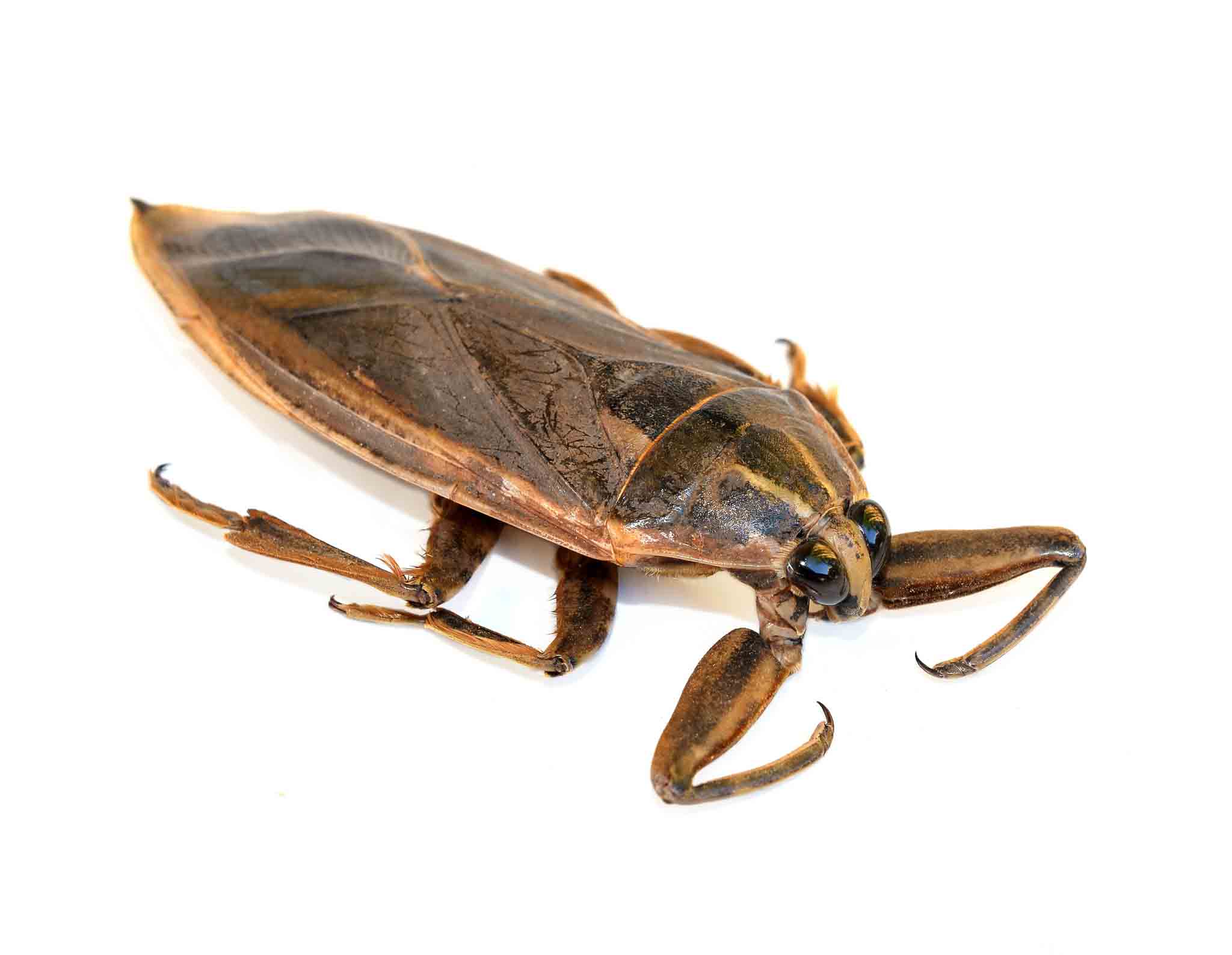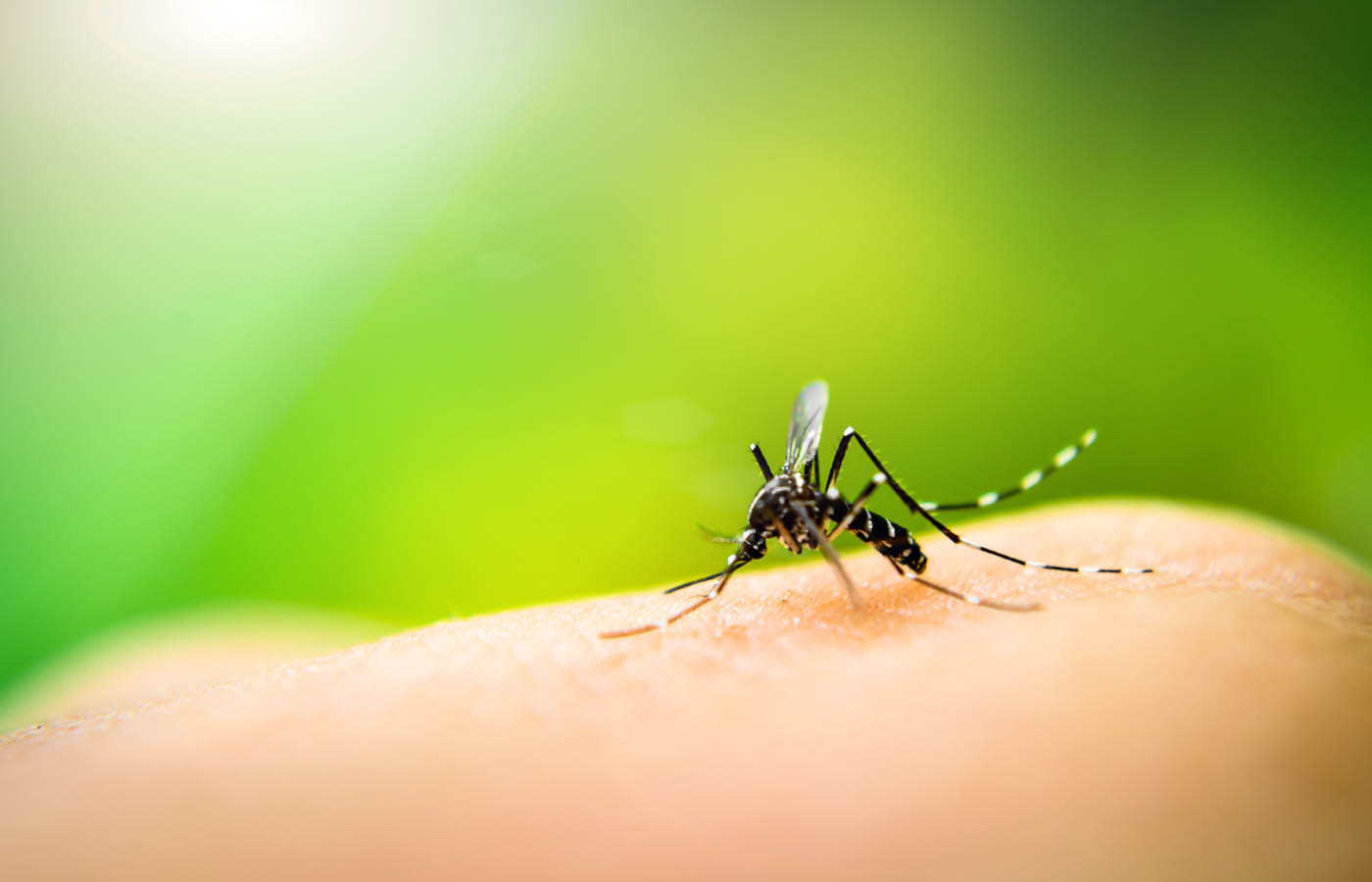Back To Blog
10 Fatal Diseases Caused by Ticks Jun. 7th 2018
Tick Diseases: 10 Fatal Diseases Caused by Ticks Small in size, big on impact is probably how most affected people would describe ticks. The small, wingless insects are infamous for their insatiable appetite for blood - animal as well as human. Here are 10 fatal illnesses caused by ticks.

Tick Diseases:
10 Fatal Diseases Caused by Ticks
Small in size, big on impact is probably how most affected people would describe ticks. The small, wingless insects are infamous for their insatiable appetite for blood - animal as well as human. Here are 10 fatal illnesses caused by ticks.
 Apart from the irritation factor and the trouble they cause, tick bites pose a number of health risks to us. So rashes and discomfort apart, ticks are disease-carriers and transmit diseases to humans. The problem is further amplified because as many as 900 tick species exist and thrive across the world.
In 2017, the CDC reported that near 60,000 cases of tick-borne illnesses in the US regions. However, the agency estimates the actual numbers are much higher, given the fact that most cases aren't reported to the CDC.
Let's examine the major tick species native to the country and the diseases they transmit. The wood tick or American dog tick and the black-legged tick or deer tick are among the most common species in the US. These ticks are responsible for transmitting some diseases among humans, the most prominent among them being Lyme disease.
However, in recent times, other diseases with symptoms that are deceptively similar to those of Lyme disease have been discovered. This makes it imperative to know the major diseases caused by ticks:
Apart from the irritation factor and the trouble they cause, tick bites pose a number of health risks to us. So rashes and discomfort apart, ticks are disease-carriers and transmit diseases to humans. The problem is further amplified because as many as 900 tick species exist and thrive across the world.
In 2017, the CDC reported that near 60,000 cases of tick-borne illnesses in the US regions. However, the agency estimates the actual numbers are much higher, given the fact that most cases aren't reported to the CDC.
Let's examine the major tick species native to the country and the diseases they transmit. The wood tick or American dog tick and the black-legged tick or deer tick are among the most common species in the US. These ticks are responsible for transmitting some diseases among humans, the most prominent among them being Lyme disease.
However, in recent times, other diseases with symptoms that are deceptively similar to those of Lyme disease have been discovered. This makes it imperative to know the major diseases caused by ticks:
#1. Lyme Disease
Tops the list of illnesses propagated by ticks, Lyme disease is attributed to the bacterium Borrelia burgdorferi. Lyme disease poses potentially serious threat to animals and humans too. There has been a constant growth in the number of Lyme disease afflictions recorded in recent years. The disease symptoms are sometimes confused with those of Borrelia mayonni.#2. Anaplasmosis
Discovered at the beginning of the 1990s, Anaplasmosis is a bacterial disease that is transmitted by the black-legged tick. Incidentally, the back-legged tick or deer tick also transmits Lyme disease. Originally known as human granulocytic ehrlichiosis (HGE), Anaplasmosis is not as prevalent as Lyme disease though.#3. Ehrlichiosis
Is a bacterial disease that spread by Lone Star ticks which are found in the mid-Atlantic US. Attributed to Ehrlichia chaffeensis, the disease was originally reported in the year 1986. Symptoms typically include fever, chills, headache, muscle aches, nausea, and rash. According to CDC, up to 1 to 3 people with the disease report a rash (especially occurs in children). The rashes usually develop 5 days after becoming ill. A recent report from the University of North Carolina at Chapel Hill showed that this tick-borne illness isn't getting much attention compared to other endemic tick-borne diseases such as Lyme disease and Rocky Mountain Spotted Fever. Researchers said many medical providers in North Carolina failed to test for Ehrlichia for their patients. As a result, it's estimated that more than 10 percent of the patients who underwent tick-borne illnesses testing have missed the diagnosis.#4. Powassan Virus
A relatively less common disease, Powassan Virus is basically a flavivirus transmitted by ticks. Prevalence of the disease is mostly detected in states in the upper midwest and northeast of the US. Researchers have found that up t0 5% of ticks (Ixodes scapularis) in several areas in New York, Connecticut, and Wisconsin are positive for Powassan virus. Powassan virus disease was originally reported in Powassan, Ontario, in 1958, when the virus was found in the brain of a child who died of encephalitis. Since then, a growing number of human cases of the virus has been found in the US, Canada, and Russia. Besides encephalitis, Powassan virus can cause fatal diseases such as meningoencephalitis and meningitis.#5. Berrelia miyamotoi
Is a bacterial disease diagnosed as late as 2011. Symptoms are quite similar to those of relapsing fever attributed to ticks. The bacteria is a distant relation to the Borrelia burgdorferi, which causes Lyme disease. Relatively few cases of the illness have been reported in the recent past.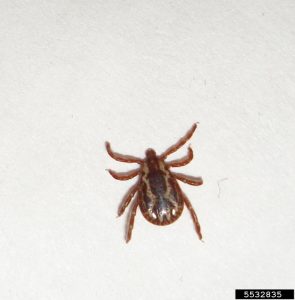 American Dog Tick (Photo: Mohammed El Damir, Bugwood.org)
American Dog Tick (Photo: Mohammed El Damir, Bugwood.org)
#6. Borrelia mayonii
With symptoms similar to Lyme disease it was discovered only in 2013. The disease is basically noticed in people with exposure to the black-legged tick.#7. Rocky Mountain Spotted Fever
Is a rare type of disease that is attributed to the bite of the American dog tick.#8. Tularemia
Is a serious disease caused by the bacterium Francisella tularensis that is transmitted by lone star tick, the wood tick, and the dog tick. The disease occurs all over the US and is not restricted to any specific regions or states.----------------------
Related Article:
The Rise of Tick and Mosquito-Borne Diseases
